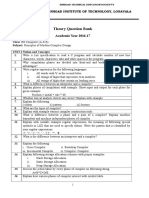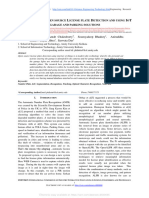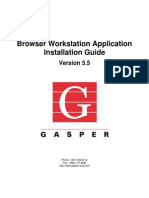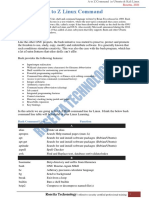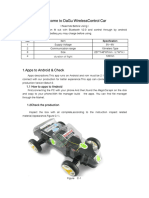0% found this document useful (0 votes)
42 views19 pagesModule 05 - TCP and UDP Communication
This document provides an overview of TCP and UDP communication at the transport layer of the OSI model. It discusses the purpose of the transport layer, compares TCP and UDP protocols, examines TCP and UDP header formats, and describes how port numbers and sockets enable communication between applications. Key points covered include segmentation, reliability, flow control, connection-oriented vs. connectionless communication, and example application layer protocols that typically use TCP or UDP.
Uploaded by
sawonCopyright
© © All Rights Reserved
We take content rights seriously. If you suspect this is your content, claim it here.
Available Formats
Download as PPTX, PDF, TXT or read online on Scribd
0% found this document useful (0 votes)
42 views19 pagesModule 05 - TCP and UDP Communication
This document provides an overview of TCP and UDP communication at the transport layer of the OSI model. It discusses the purpose of the transport layer, compares TCP and UDP protocols, examines TCP and UDP header formats, and describes how port numbers and sockets enable communication between applications. Key points covered include segmentation, reliability, flow control, connection-oriented vs. connectionless communication, and example application layer protocols that typically use TCP or UDP.
Uploaded by
sawonCopyright
© © All Rights Reserved
We take content rights seriously. If you suspect this is your content, claim it here.
Available Formats
Download as PPTX, PDF, TXT or read online on Scribd
/ 19

